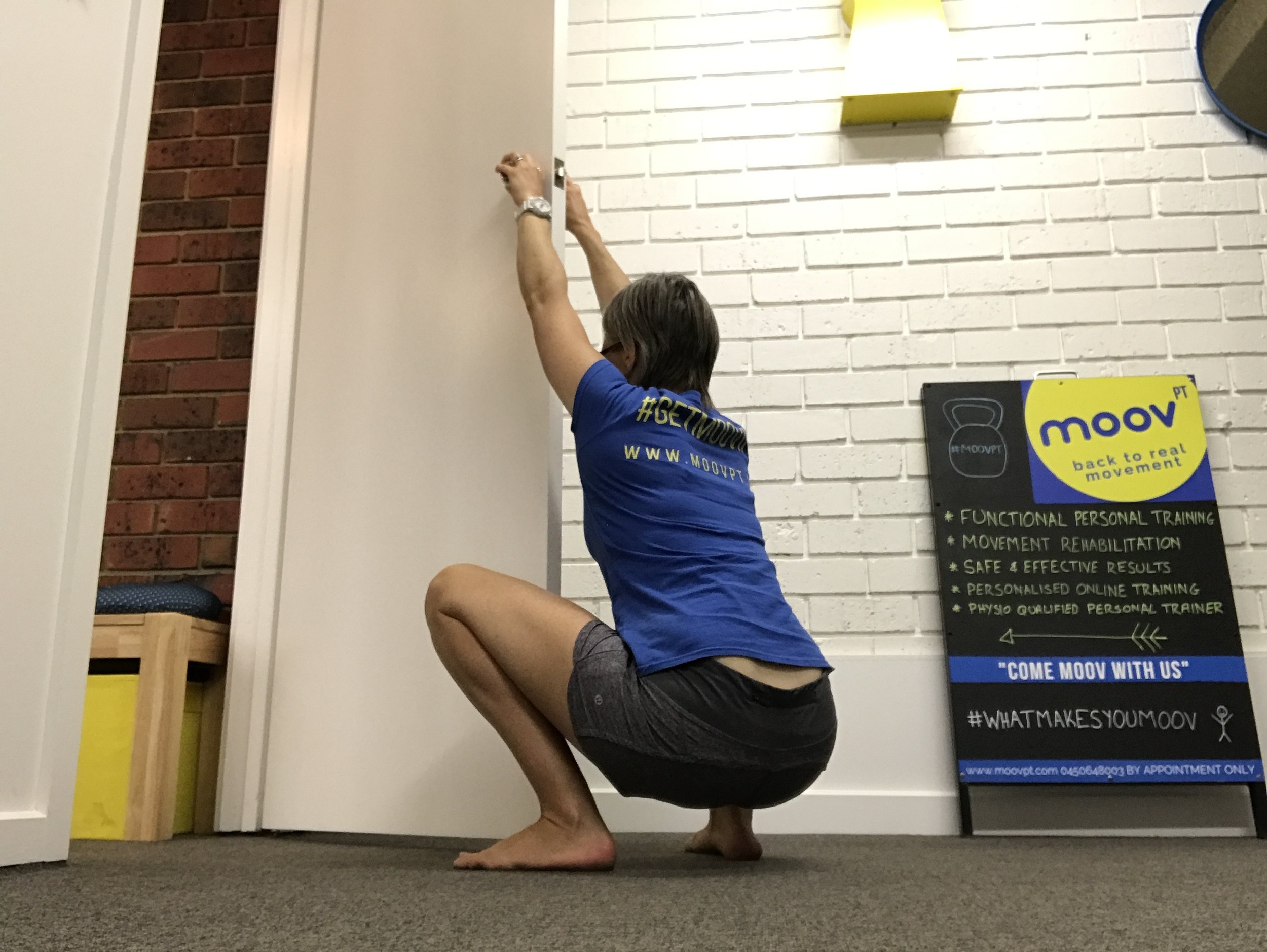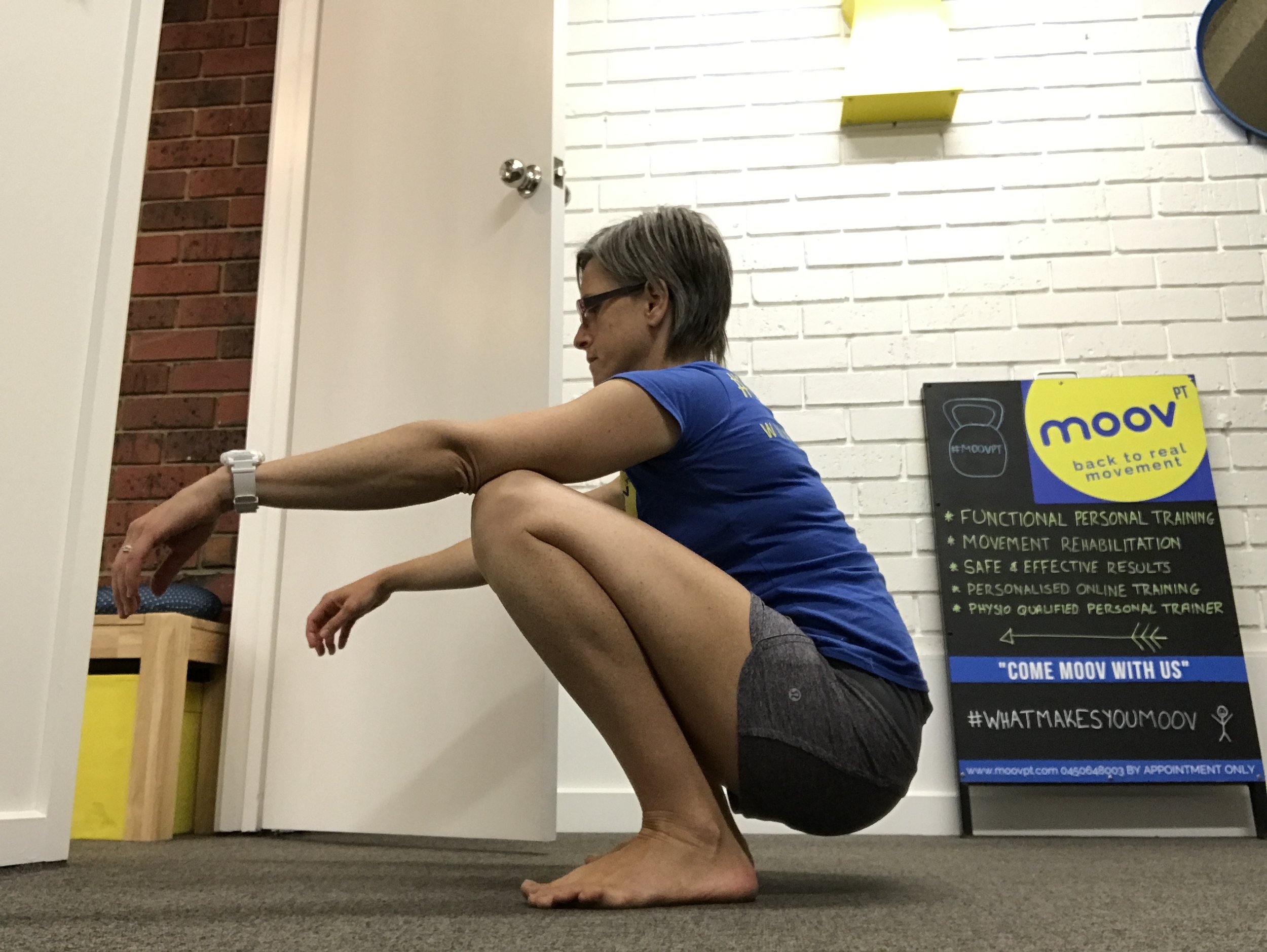Try an Epsom Salts (Magnesium Sulfate) bath to relieve stress; aches/pains and to rid the body of toxins.
MOVEMENT...WHAT IT REALLY MEANS!
American Turner Gymnasium 1860
An online lecture I saw recently given by Dr Ed Thomas, an expert in the foundation of Physical Education, drove me to analyse what fitness is today in comparison to what it was historically. Historically, there are three fundamentals of movement and fitness, these are Progression, Variety & Precision.
Now from what I can tell and have observed over the years is that the majority of fitness enthusiasts seem to do well to take care of the Variety aspect of fitness, it's not hard to keep workouts varied. Progression seems to be mostly adhered to, it's quite simple, you learn a movement to a satisfactory level until it becomes quite comfortable and then you progress that movement, either by adding weight, increasing reps or challenging the movement to a higher level of difficulty (i.e. advancing from a squat to a single leg squat progression). Now, I have to take a pause here, although progression seems to be quite evident in most fitness programmes, there is a little issue that is quite niggling…this would be the over-eagerness to progress. This is a huge issue that is present within our field, you may have someone who is recently able to squat their own bodyweight comfortably but then wants to throw 40kgs onto their back and continue to squat, or a personal trainer who wants to make a client sweat more by handing them heavier weights resulting in a less precise movement pattern. You can't expect the body to move as efficiently with extra load in a movement pattern that is newly learned with only bodyweight or that is challenging enough with the current weight used. This brings me to the third and final (and I personally believe the most important) fundamental...Precision.
We need to find a way back to basics and get the population moving well and precisely again, we are so far away from our own mind-body connection that most people just go through the motions of exercise without ever making a conscious connection to how they are moving, why they are moving or how they are breathing. There was no sloppiness in movement back in the 1800's & most of the 1900's, precision was the key focus and the fitness just followed.
In Gray Cook's book, "Movement", he talks about the origins of Martial Arts and sums up what fitness should and used to be. Somehow recent generations have managed to distort this approach and turn it on it's back. Current jobs and lifestyles have a huge role to play and make it hard for the body to hold onto fundamental physical fitness, but not impossible by far! "Purposeful movement perfection was the focus, and physical conditioning happened as a natural side effect".
Modern day gyms are stacked full of equipment promoting dysfunctional movement. The use of fixed machines encourage your body not to utilise it's core stabilising musculature and instead, rely on your large, global muscles for movement. In our daily lives we need to be able to squat, lunge, push, pull, reach, run, bend and rotate, all done whilst fighting gravity (not sitting locked into a machine). This is when our bodies are moving as intended. These are the movements we need to perfect and do with precision in order to be healthy, fit individuals avoiding injury.
Look at gyms from ancient times and see if you can spot a hamstring curl, a pec deck or a leg extension machine anywhere? They only use anti-gravity equipment in the form of ropes, rings, parallel bars, ladders etc and hand weights in the shape of dumbbells, kettle bells, medicine balls and clubs.
Train functional movement patterns and make sure you do it with Precision, Variety & Progression in order to achieve true fitness. Don't rush into a new movement before you have perfected its predecessor and don't load up a movement pattern before being comfortable and strong enough in doing it body weighted first.
NO EXCUSES NOT TO SQUAT
Determination and a positive attitude go a long way in life!
Julia is one of our longest-standing clients. Squats were always a tough movement for her. When she first started training with us we did them up against the wall with her back on a fitball. Due to her Right-sided Cerebral Palsy, her Right heel would always lift off the ground as she lowered into a squat. Her squat depth was usually only to 90 degrees (hips level with knees).
Slowly, we have progressed to the rings for support and worked more on depth, now Julia is able to do deep squats using the "TRX" and her heel no longer lifts up. Movement at the Right ankle is much freer and her hips allow her to lower deeper into the squat!
Any movement you may be struggling with now, can get easier with time. You just have to stick at it and put in the hard yards!
DYNAMIC DEEP SQUAT
Following on from our previous post. Here is an example of how you can improve your deep squat by making it more dynamic (adding movement). Try these movements out for up to 30 seconds per movement.
~ Rocking forwards and backwards.
~ Rocking side to side.
~Rotating one way and then the other.
Slowly you will feel your joints and muscles loosen up and feel more comfortable in the bottom of the squat.
HOW TO WORK TOWARDS THE DEEP SQUAT
We all could squat at some stage of our lives. Over time, unfortunately, some of us have lost the ability to get down into a relaxing deep squat. Whether this is due to injury; poor movement habits or sedentary lifestyles.
All is not lost though. It is still possible to train your body to be able to squat again.
There are many benefits to enabling your deep squat!
Improved hip & ankle mobility / Improved lower back flexibility / Improved abdominal stability.
There are also some common reasons why a deep squat may currently be out of reach:
Tight calves / stiff or immobile ankle joints / stiff hip joints / tight hip musculature / stiff, immobile spinal joints / weak, dysfunctional abs.
There are ways to work around these issues to help you gain your squat back!
When you're able to squat effectively, it crosses over into your daily life and helps you to avoid moving in awkward ways which can avoid a number of potential injuries that otherwise may have occurred.
Practising the deep squat:
Starting Point Option One With Heel Raise
Starting Point Option One Without Heel Raise
Starting Point Option Two
Option One:
Using a door handle for support and heel raises (door stoppers from Bunnings) if ankle mobility is an issue.
Holding onto the door, slowly lower into a squat to a depth that feels manageable. Hold for up to one minute. Start slow, if a 10 second hold is all you can manage, that's ok.
As above, but if it is comfortable enough to do without needing a heel raise assist then use this version.
Option Two:
Using a doorway for support and heel raises (door stoppers from Bunnings) if ankle mobility is an issue.
Holding onto the doorway, slowly lower into a squat to a depth that feels manageable. Hold for up to one minute. Start slow, if a 10 second hold is all you can manage, that's ok.
Alternative Depth:
If lowering deep into the squat isn't comfortable at first, then start at a depth that is.
Take your time with this, slowly build up the amount of time you spend in the squat and then work on the depth. If you're using heel raises then aim to try and slowly wean off them (by having your feet further forward on the raise until you no longer need it) as it gets more comfortable.
Once you have spent time (and it may take a lot of time, even a year or so) on your deep squat and feel comfortable enough to try without any assistance, start working on an unassisted deep squat.
Last Progression To Full Unassisted Deep Squat
This is the final destination of the deep squat journey! This is where you want to try and aim for eventually and then work up time spent in this position.
Once comfortable to do this you can gently rock side to side and forwards and backwards as well as gently twisting either side to try and create more movement through the ankles and hips in this position. Click here for a video demo.
Start your deep squat journey now! I would love to know how you go so feel free to post a pic of where you're at with the squat on our facebook page!
DON'T STOP MOOVING...
Our bodies were designed for movement. The more we don't move, the more we suffer and become sick.
Find ways in your day to encourage movement, whether it be on a small scale or a larger scale.
If you work from home, try and find different positions to work in, don't just sit all day and don't just stand all day.
- Spend a few minutes down on the floor in different positions with a laptop or book raised on a stool.
- Find a way to raise your work up on something that can encourage you to stand for a while whilst you work.
- Spend some of the day sitting on a fitball and moving your pelvis gently forwards and back/side to side/around in circles.
- Spend some time down on one knee in a hip flexor stretch; switch legs after 10minutes then spend some time down on both knees with hips open.
- If you have to make some phone calls during the day why not go for a walk whilst you are making them.
Challenge your body and your brain throughout the day to encourage a healthy lifestyle.
Go for long walks in nature when you have time after work or on the weekends. Breathe in fresh air and appreciate the beauty of the planet we live on. Leave your mobile phone at home and be in the present moment.
Let's encourage healthy habits for ourselves and our children. Seek movement on a daily basis...
YOU ARE HOW YOU MOVE...
Here's a glimpse of an hour of work in a dynamic work space, sped up to a few minutes. For more information on transitioning to a standing and dynamic work space, read "Don't Just Sit There" by Katy Bowman.
Move often...
Here is a lady who lives by the laws of movement. There is an array of useful information on her website about how to encourage movement in the home; at work; and with the family.
With all the hype about sitting being bad for you and standing desks now being all the craze I have always been a promoter of moving often, standing all day is as bad for you as sitting all day is. However, if you choose to adopt different postures throughout your work day and add in some useful stretches/movements scattered around, then you are certainly on the right movement road.
Your body craves movement. Don't lose what you started out with. Rather maintain and gain as much movement as you can over your life.
Katy Bowman's website is certainly worth a look, even if just to get one good tip that you carry over into your own life.
HALF PRICE YOGA IN ADELAIDE CITY
Don't miss out on a Zen-filled February
Come down to moov personal training in Adelaide CBD for our Hatha Yoga Classes run by the lovely Paula Narvaez. Every Monday morning & Tuesday lunchtime join us on the mats for some Hatha Yoga bliss in a beach setting. Just what you need to break up a week of sitting at a desk.














